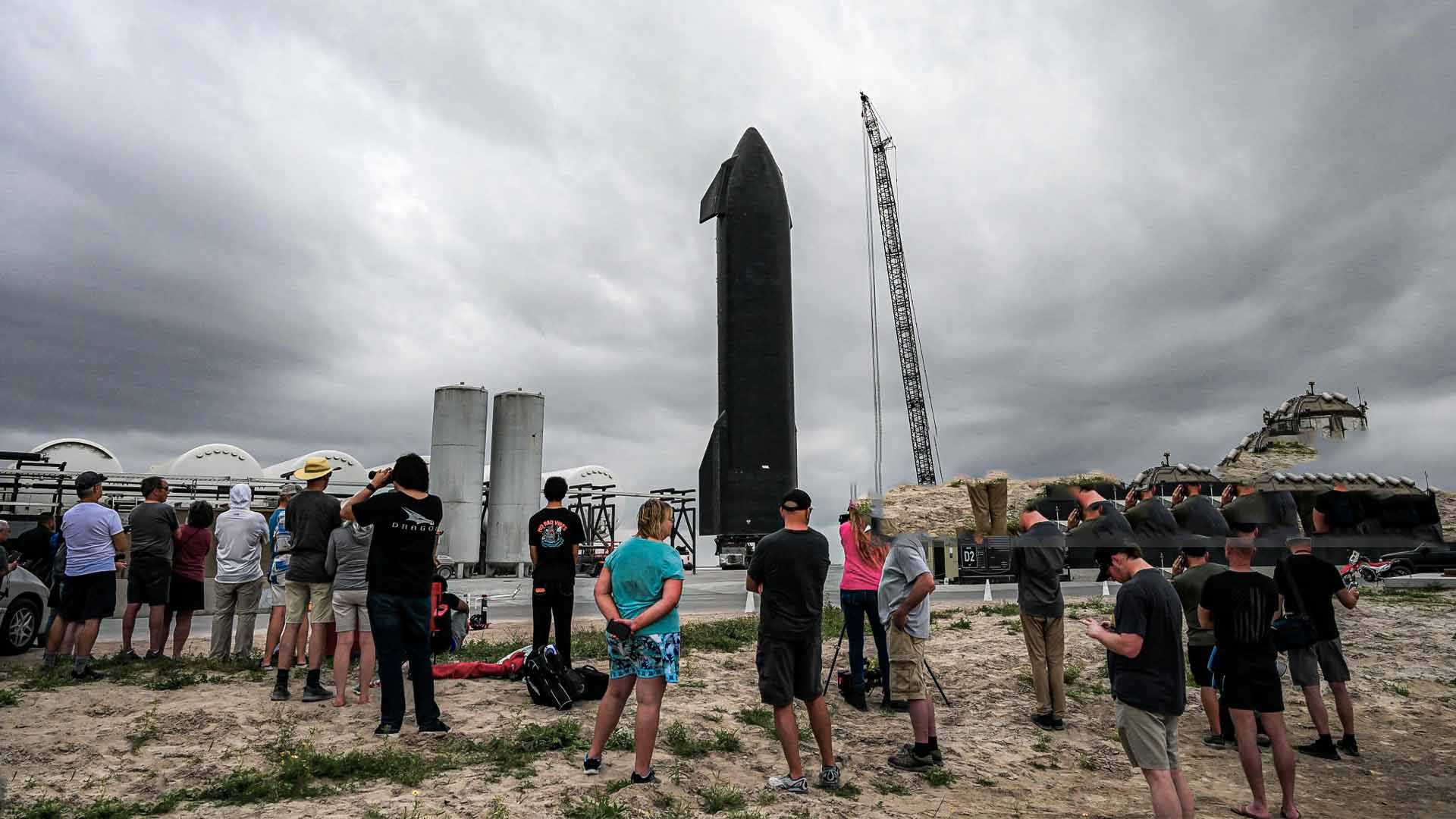The prospect of SpaceX successfully completing its Mars mission represents one of the most ambitious undertakings in human history. Spearheaded by Elon Musk, SpaceX has set its sights on making humanity a multiplanetary species by establishing a sustainable settlement on the Red Planet.
While success is far from guaranteed, the combination of technological innovation, strategic planning, and a relentless drive to overcome challenges positions SpaceX as a frontrunner in this endeavor. However, significant hurdles—technical, financial, and ethical—must be addressed for this vision to become a reality.
SpaceX’s Mars mission is driven by the vision of creating a self-sustaining human colony on Mars to ensure the long-term survival of humanity. According to Musk, such a settlement could serve as a “life insurance policy” against existential threats like nuclear war or catastrophic climate change.
To achieve this, SpaceX is developing the Starship spacecraft, a fully reusable vehicle capable of carrying up to 100 passengers and significant cargo to Mars. Starship’s reusability and large payload capacity are central to lowering the cost of interplanetary travel, a critical factor in making Mars colonization feasible.
Additionally, SpaceX plans to leverage in-situ resource utilization (ISRU), which involves producing fuel, oxygen, and water on Mars using local resources. This approach is intended to reduce reliance on Earth for resupply missions and make the colony more self-reliant.
Key Challenges to Success
While SpaceX’s vision is groundbreaking, achieving it involves overcoming numerous obstacles. These challenges span multiple domains, including technology, finance, human factors, and ethics.
1. Technological Challenges
SpaceX’s Starship is still in its developmental stages, and while significant progress has been made, key hurdles remain. For instance:
- Launch and Landing: Starship’s reusability depends on its ability to launch, land, and relaunch reliably. This requires precision engineering, robust thermal shielding, and advanced propulsion systems.
- Radiation Protection: Mars-bound astronauts will be exposed to high levels of cosmic radiation during transit and on the Martian surface. Developing effective shielding technologies is imperative to protect human health.
- Life Support Systems: Creating sustainable life support systems capable of recycling air, water, and waste over extended periods is critical for long-term survival on Mars.
- Infrastructure Development: Building habitats, power systems, and communication networks on Mars will require innovative construction techniques and materials capable of withstanding the harsh Martian environment.
2. Financial Challenges
Mars colonization is an enormously expensive undertaking. While SpaceX aims to reduce costs through reusable rockets and economies of scale, the initial investment required for technology development, testing, and infrastructure will be staggering. Securing funding through partnerships, private investors, or government contracts will be essential for sustaining the mission.
3. Human Factors
Human psychology and physiology present significant challenges for long-duration space missions. Astronauts on a Mars mission will face isolation, confinement, and the psychological stress of living in an alien environment. Additionally, the low gravity on Mars (about 38% of Earth’s gravity) could have long-term effects on human health, including muscle and bone loss. Addressing these issues will require rigorous training, advanced medical care, and robust mental health support systems.
4. Ethical and Legal Considerations
The ethical implications of colonizing Mars are profound. Questions arise about the potential contamination of the Martian environment and the impact on any hypothetical native life forms. Moreover, legal frameworks governing space activities, such as the Outer Space Treaty of 1967, emphasize that celestial bodies should be used for the benefit of all humankind. Balancing these principles with the commercial and national interests driving Mars exploration will be a delicate task.
Reasons for Optimism
Despite these challenges, several factors bolster confidence in SpaceX’s ability to succeed:
1. Track Record of Innovation
SpaceX has consistently demonstrated its ability to achieve what was once considered impossible. From the first privately-funded spacecraft to dock with the International Space Station to the development of reusable rockets like the Falcon 9, SpaceX has a history of overcoming technological barriers and delivering results.
2. Cost Reduction Strategies
The company’s focus on reusability has already revolutionized the aerospace industry by significantly lowering the cost of launching payloads into orbit. If similar cost efficiencies can be applied to interplanetary missions, the financial barriers to Mars colonization could become more manageable.
3. Growing Global Interest
Mars exploration is not solely a SpaceX endeavor. NASA, the European Space Agency, and other organizations are also investing in technologies that could support human missions to Mars. Collaborative efforts and shared knowledge could accelerate progress and reduce risks.
4. Public and Political Support
SpaceX’s ambitious goals have captured the public’s imagination, creating widespread enthusiasm for space exploration. This support, coupled with growing geopolitical interest in space dominance, could translate into increased funding and policy backing for Mars missions.
Milestones and Timeline
SpaceX has outlined a phased approach to its Mars mission, with key milestones including:
- Starship Development and Testing: Ongoing tests aim to refine the spacecraft’s design and performance. Achieving orbital and interplanetary capability is a top priority.
- Uncrewed Missions: Initial flights to Mars will focus on delivering cargo and testing critical technologies, such as resource extraction and habitat construction.
- Crewed Missions: Once safety and reliability are demonstrated, SpaceX plans to send the first human settlers to Mars.
- Establishing a Colony: Over time, the goal is to expand the settlement into a self-sustaining colony capable of supporting thousands or even millions of people.
Potential Impact
If successful, SpaceX’s Mars mission would represent a paradigm shift in human history. The establishment of a permanent presence on another planet could:
- Inspire Future Generations: The mission would symbolize humanity’s ability to overcome immense challenges and push the boundaries of what is possible.
- Advance Science and Technology: Innovations developed for Mars colonization could have far-reaching applications on Earth, from renewable energy systems to advancements in materials science and medicine.
- Ensure Human Survival: By reducing humanity’s dependence on a single planet, Mars colonization could provide a safeguard against existential threats.
